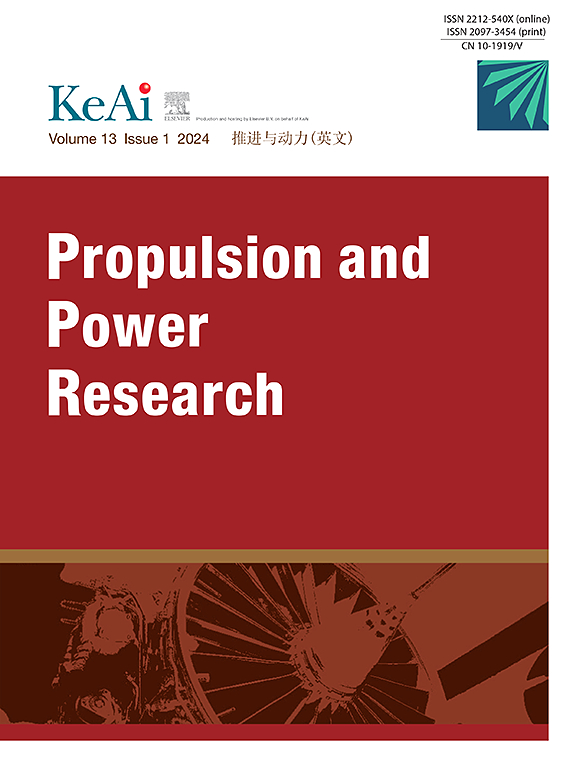Dynamics of omni-directional multi-rotor aerial vehicles, hexacopter as a case study
IF 5.4
2区 工程技术
Q1 ENGINEERING, AEROSPACE
引用次数: 0
Abstract
This article presents a general formulation for the mathematical modeling of a specific class of aerial robots known as hexacopters. The mentioned robotic system, which consists of six arms with motors attached to each end, possesses a unique feature: it uses the minimum actuator required to reach a specific position in space with a defined orientation. To achieve this, it is vital to install the motors with an appropriate arrangement positioned at the end of each arm to ensure the robot's controllability. On the other hand, two virtual arms with zero lengths were used to describe the robot's orientation with regard to the inertial coordinate system in a tangible manner. One of the innovations carried out in this article is the standardization of the derivation of the motion equations of this robotic system procedure. For this purpose, first, the platform of the hexacopter is separated into several substructures. Following the previous step, the dynamic equations of each of these infrastructures are extracted in explicit form accordingly. Finally, the symbolic equations are merged, and as a result, the dynamic behavior of this aerial robot is formulated. The focus of this research is mainly on hexacopters. However, the presented method is generic enough to cover all aerial robots of this kind (with any number of arms and any relative arrangement between the members). Lastly, to show the robot's ability to reach a specific position in space with the desired orientation, the results of tracking a relatively complex trajectory by utilizing this robotic system are presented.
全向多旋翼飞行器动力学,以六旋翼飞行器为例
这篇文章提出了一个通用公式的数学建模的特定类别的空中机器人被称为六旋翼机。上述机器人系统由六只手臂组成,每只手臂上都装有马达,它有一个独特的特点:它使用最小的驱动器,以确定的方向到达空间中的特定位置。为了实现这一点,至关重要的是在每个手臂的末端安装合适的电机,以确保机器人的可控性。另一方面,使用两个零长度的虚拟手臂以有形的方式描述机器人在惯性坐标系下的方向。本文进行的创新之一是标准化了该机器人系统程序的运动方程推导。为此,首先,六旋翼机的平台被分成几个子结构。在上一步之后,这些基础设施的动力方程被以显式的形式提取出来。最后,对符号方程进行合并,得到了该空中机器人的动力学行为。本研究的重点是六翼飞行器。然而,所提出的方法是通用的,足以涵盖所有这类空中机器人(具有任意数量的臂和成员之间的任何相对排列)。最后,为了展示机器人在空间中以期望方向到达特定位置的能力,给出了利用该机器人系统跟踪相对复杂轨迹的结果。
本文章由计算机程序翻译,如有差异,请以英文原文为准。
求助全文
约1分钟内获得全文
求助全文
来源期刊

Propulsion and Power Research
Multiple-
CiteScore
7.50
自引率
5.70%
发文量
30
期刊介绍:
Propulsion and Power Research is a peer reviewed scientific journal in English established in 2012. The Journals publishes high quality original research articles and general reviews in fundamental research aspects of aeronautics/astronautics propulsion and power engineering, including, but not limited to, system, fluid mechanics, heat transfer, combustion, vibration and acoustics, solid mechanics and dynamics, control and so on. The journal serves as a platform for academic exchange by experts, scholars and researchers in these fields.
 求助内容:
求助内容: 应助结果提醒方式:
应助结果提醒方式:


